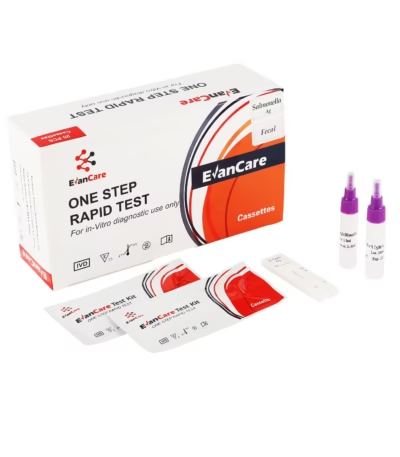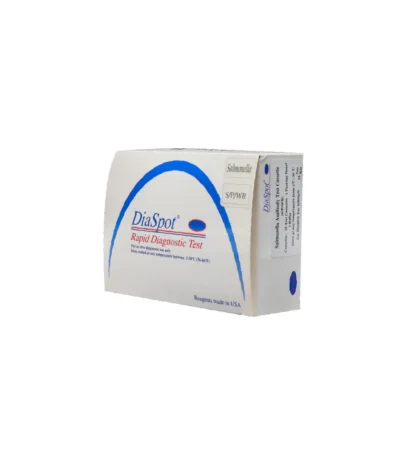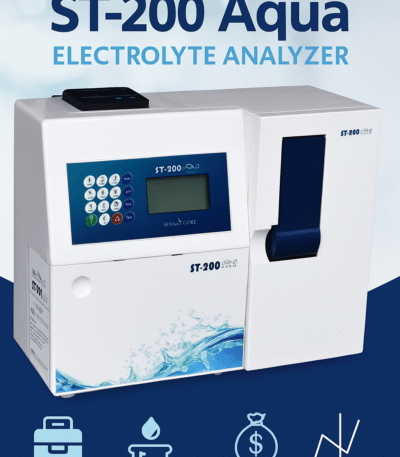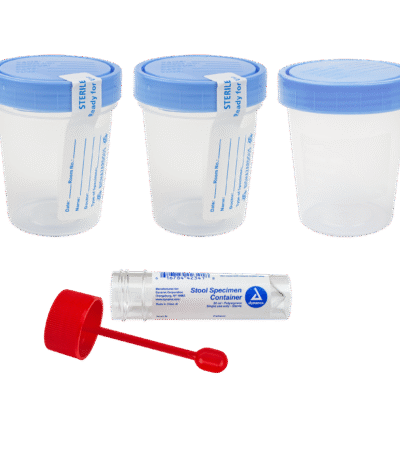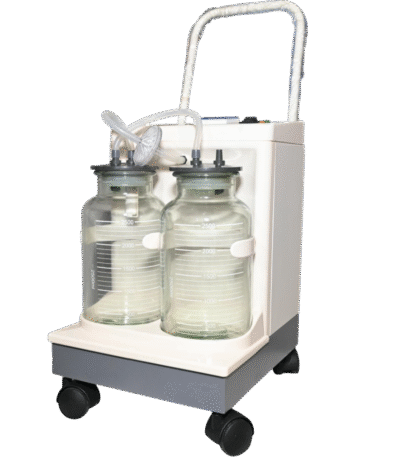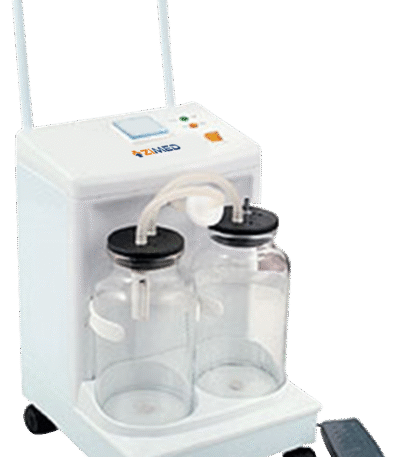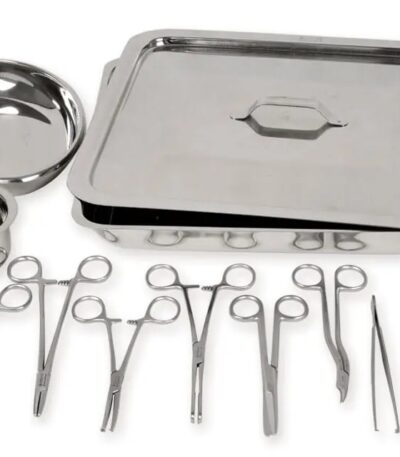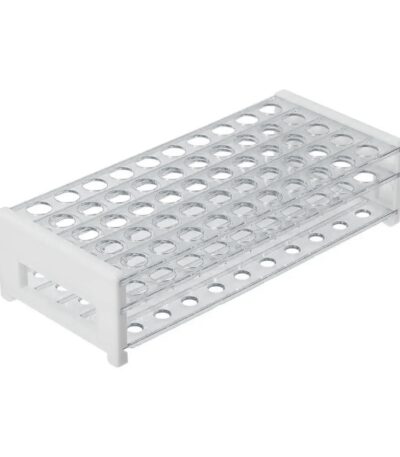Filter by price
Stock status
Showing 157–168 of 185 results
Salmonella Antigen Test Kit
A Salmonella Antigen Test Kit is a rapid diagnostic device used to detect the presence of Salmonella bacteria antigens in human stool, food, or environmental samples. It is designed for quick and accurate screening to help in the diagnosis of Salmonella infection (salmonellosis) — a common cause of foodborne illness.
Samonella Antibody Test Kit
Sensa Core Electrolyte Analyzers, Model Name/Number: St-200 Aqua
⚙️ Key Features
-
Parameters measured: Sodium (Na⁺), Potassium (K⁺), Chloride (Cl⁻), Ionized Calcium (iCa), Lithium (Li⁺), and pH.
-
Sample volume: Requires only about 100 µL of sample.
-
Compact design: Approximately 14.6″ (W) × 12.4″ (H) × 9.6″ (D); weight around 4.3 kg.
-
Measurement principle: Direct measurement using ISE sensors for high accuracy.
-
Snap-in electrode design: Maintenance-free electrodes with low reagent consumption.
-
Built-in wash system: Reduces maintenance and ensures system reliability.
-
Speed: Provides results in around 50 seconds and can process up to 60 samples per hour.
-
Data connectivity: Compatible with LIS (Laboratory Information System) and includes an in-built thermal printer for result output.
Sensa Core ST-200 Series Electrolyte or Blood Gas Analyzer.
⚙️ Key Features
-
Multi-parameter measurement
-
Depending on the model, it can measure:
-
Electrolytes: Na⁺ (Sodium), K⁺ (Potassium), Cl⁻ (Chloride), Ca²⁺ (Calcium), Li⁺ (Lithium)
-
Blood gases: pH, pCO₂, pO₂, HCO₃⁻, TCO₂, BE, SO₂
-
-
Some versions also calculate derived parameters automatically.
-
-
Fast Results
-
Typical turnaround time: less than 1 minute per test.
-
-
User-Friendly Interface
-
Equipped with a touchscreen display for intuitive navigation.
-
Simple step-by-step sample loading and calibration prompts.
-
-
Automatic Calibration & Quality Control
-
Periodic auto-calibration and QC verification ensure consistent accuracy.
-
Stores calibration data and patient results for easy retrieval.
-
-
Low Sample Volume Requirement
-
Requires only ~100 µL or less of whole blood/serum.
-
-
Compact & Maintenance-Friendly Design
-
Small footprint suitable for labs with limited space.
-
Easy access to electrodes and reagent packs for replacement or cleaning.
-
-
Data Connectivity
-
Supports USB or LIS (Laboratory Information System) integration for digital record keeping and reporting.
-
-
Power Options
-
Operates on standard AC power, and some models have battery backup options.
-
Sodium Reagents
1. Ion-Selective Electrode (ISE) Method
Most modern chemistry analyzers use ISE for sodium.
Reagents include:
-
Reference solution / Internal standard
-
Electrolyte solution for electrode stability
-
Conditioning solution
-
Cleaning solution
-
Calibration solutions (Low & High Na⁺ standards)
Principle:
The sodium ISE membrane selectively binds Na⁺ ions, generating an electrical potential proportional to sodium concentration. Calibration solutions are crucial for accuracy.
2. Flame Photometry Method
Older or standalone electrolyte analyzers may use flame photometry.
Reagents include:
-
Diluent
-
Standard sodium solution
-
Internal lithium standard (in some systems)
-
Cleaning solutions
Principle:
Sodium emits light at a characteristic wavelength (589 nm) when introduced into a flame. The emitted intensity is proportional to concentration.
3. Colorimetric (Photometric) Method
Used in some semi-automatic chemistry analyzers when ISE is not available.
Reagents include:
-
Ionophore-based chromogenic reagents
-
Buffer solution
-
Color-forming indicator dye
-
Stabilizers and preservatives
Principle:
Sodium ions react with a specific ionophore dye to produce a measurable color change.
Reagent Format
Sodium reagent kits may include:
-
Single bottle (for colorimetric systems)
-
Multi-solution packs (ISE systems)
-
Standards in sealed ampoules or bottles
-
Ready-to-use liquid formulations
Sample Types
-
Serum
-
Plasma
-
Urine (diluted appropriately)
-
Whole blood (in ISE blood gas analyzers)
Stool Containers
Suction Machine 2 Bottle
Suture Set
Suture Set
Tepatitis C Test Kit
Test Tube Rack
Total Cholesterol Reagents
🔬 1. CHOD-PAP Method (Gold Standard)
Principle
-
Cholesterol esterase converts cholesterol esters → free cholesterol
-
Cholesterol oxidase converts cholesterol → cholest-4-en-3-one + H₂O₂
-
Peroxidase (POD) uses H₂O₂ to produce a colored dye
-
Common chromogens: 4-AAP, TOOS, DAOS, HDAOS
-
Absorbance: measured at 500–550 nm depending on chromogen.
What the Reagents Contain
R1 (Buffer / Chromogen)
-
Good’s buffer (e.g., PIPES, TES)
-
Phenol or TOOS/DAOS derivatives
-
Stabilizers & surfactants
-
Preservatives
R2 (Enzyme Reagent)
-
Cholesterol esterase
-
Cholesterol oxidase
-
Peroxidase
-
Additional surfactants
Summer health medical supplies limited.
We are happy to serve you fro all your health, medical and hospital supplies. Contact Us Here for any enquiries that you may need clarification.

